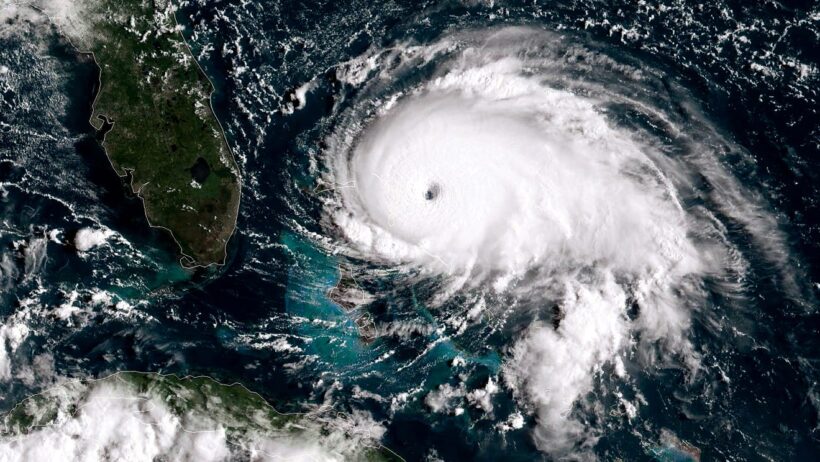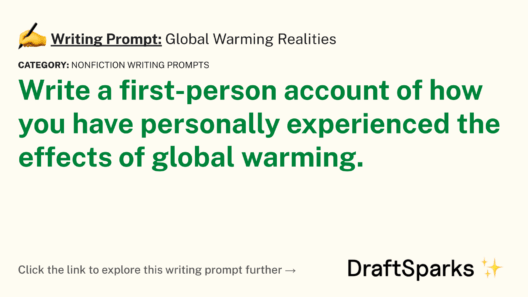In recent decades, the inclement weather patterns unfolding across the globe have prompted a critical examination of how climate change influences natural disasters, notably hurricanes. Hurricanes, characterized by their intense wind speeds and considerable rainfall, are a prime concern for climatologists, geophysicists, and environmentalists. Understanding whether these devastating storms are escalating in intensity due to global warming is crucial for societal preparedness and mitigation strategies.
The standard definition of a hurricane refers to a tropical cyclone with sustained winds exceeding 74 miles per hour. These systems form over warm ocean waters, and their power is primarily derived from the heat and moisture evaporating from the sea surface. As the climate warms, ocean temperatures rise, and thus, the fuel available for these cyclones increases commensurately. The concept that warmer oceans intensify hurricanes is supported by an expanding body of research and empirical data.
One of the fundamental mechanisms through which global warming impacts hurricane intensity is the phenomenon of increased sea surface temperatures. Studies have revealed that the average sea temperature in tropical and subtropical regions has risen significantly over the past century. The Intergovernmental Panel on Climate Change (IPCC) posits that a rise in sea surface temperature by just a couple of degrees Fahrenheit can correlate with an increase in hurricane wind speeds. Notably, a single degree Celsius increase can enhance hurricane intensity by as much as 10% or more.
In addition to warmer sea surface temperatures, the distribution of heat in the ocean and atmosphere plays a pivotal role. The stratification of warmer waters at the surface, combined with cooler depths, provides the requisite environment for hurricanes to grow stronger. When conditions are favorable—characterized by low vertical wind shear and sufficient humidity in the atmosphere—hurricanes can develop and strengthen rapidly. Lower wind shear allows for the vertical development of storm systems, leading to organized and sustained rapid intensification.
Furthermore, increased moisture in the atmosphere, an increasingly common byproduct of global warming, also contributes to hurricane severity. Warmer air is capable of holding more moisture, which subsequently results in greater precipitation during storms. This trajectory of meteorological phenomena culminates in storms that not only present heightened wind speeds but also unleash torrential rainfall—a lethal combination that exacerbates flooding and other related hazards.
It is essential to delineate between hurricane frequency and intensity. While scientists have not universally agreed that hurricane frequency has increased, there is a consensus that the intensity of those hurricanes that do form has escalated. The last few decades have seen an uptick in the number of Category 4 and 5 hurricanes, which are categorized based on their wind speeds and potential for destruction. The sheer rise in the categorization of storms has prompted alarm among climatologists and emergency response agencies alike, indicating a trend that correlates with rising global temperatures.
Case studies of recent hurricanes provide tangible illustrations of this phenomenon. For instance, hurricanes like Harvey, Irma, and Maria have attracted considerable attention due to their extreme rainfall and catastrophic impacts. Typhoon Haiyan is another notable example; it was one of the deadliest and most powerful storm systems recorded. Meteorological analysis indicates that both the wind speed and the rainfall associated with these storms can be attributed, at least in part, to elevated ocean temperatures resulting from anthropogenic climate change.
Despite the compelling evidence linking climate change to hurricane intensity, the complexities of climate systems warrant caution. Hurricane behavior is influenced by various factors including atmospheric conditions, ocean currents, and even the atmospheric pressure systems surrounding the storm. Additionally, local geographical features, such as coastal topography, can influence a hurricane’s trajectory and intensity. Thus, while global warming contributes to more potent hurricanes, isolating climate change as the sole reason for every hurricane’s intensification remains challenging.
Anticipating future hurricane patterns necessitates further research into the evolving relationship between climate systems and extreme weather events. Advanced climate models, which integrate atmospheric dynamics with oceanic temperatures, will play a crucial role in enhancing predictive capabilities. Improved modeling can provide invaluable insights for disaster preparedness strategies, infrastructure resilience, and recovery efforts.
The implications of stronger hurricanes extend beyond meteorological data; they pose a significant societal threat. Increased storm intensity leads to greater property damage, displacement of communities, and further strain on already burdened emergency services. Coastal cities, in particular, face the dire consequences of stronger hurricanes due to their proximity to the ocean and dense populations.
Adaptation strategies, therefore, become essential. Government agencies, urban planners, and environmental organizations must emphasize resilient infrastructures, emergency preparedness, and community education to mitigate the impacts of such increasingly potent storms. Adapting to the ever-evolving climate demands a multifaceted approach, integrating scientific research with practical application to enhance societal resilience against future storms.
In summation, the question of whether hurricanes are getting stronger due to global warming is not only scientifically substantiated but also imperative for comprehensive disaster planning. Understanding the interplay between ocean temperatures, atmospheric moisture, and wind patterns helps demystify the increasing severity of these natural disasters. As global temperatures continue to rise, the urgency to tackle climate change intensifies, making it crucial for humanity to act proactively in safeguarding lives and livelihoods from the ferocity of nature’s wrath.







